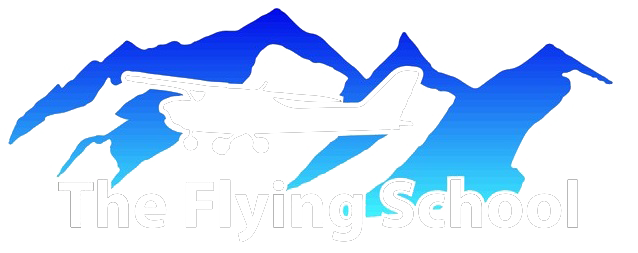Dynamics of Technology in Aviation
In aviation, technology has changed how pilots are trained, offering a multitude of benefits alongside some notable challenges. Let's dig into how this affects safety, learning, and pilot skills.
Modern avionics systems, such as GPS navigation and terrain awareness, significantly enhance safety by providing pilots with real-time information about their surroundings, reducing the risk of spatial disorientation and mid-air collisions. Flight simulators offer a controlled environment for students to practice a wide range of maneuvers and emergency procedures without exposing them to actual flight risks. These advancements not only improve safety but also contribute to a more comprehensive and effective training experience.
While technology streamlines the learning process and enhances affordability, it also presents certain risks that need to be addressed. Pilots must be equipped with the necessary skills and confidence to navigate unforeseen challenges without relying solely on technological assistance. As technology continues to evolve, there's a growing need to ensure that flight training programs effectively balance the integration of modern tools with the preservation of essential piloting skills. While advancements in avionics and simulation technology offer invaluable learning opportunities, it's essential to maintain a strong emphasis on hands-on training and proficiency in manual flight operations.
At The Flying School, our flight instructors prioritize the development of fundamental stick and rudder skills, recognizing their critical importance in shaping well-rounded and proficient pilots. While technological advancements have revolutionized aviation, we firmly believe that mastery of manual flying techniques remains indispensable. Our experienced instructors place a strong emphasis on cultivating these foundational skills from the outset of training, instilling in students a deep understanding of aircraft control and responsiveness, while stressing importance of maintaining situational awareness and adaptability in the cockpit.

